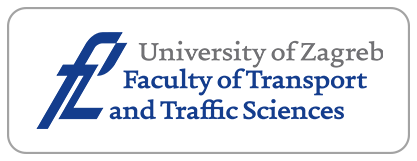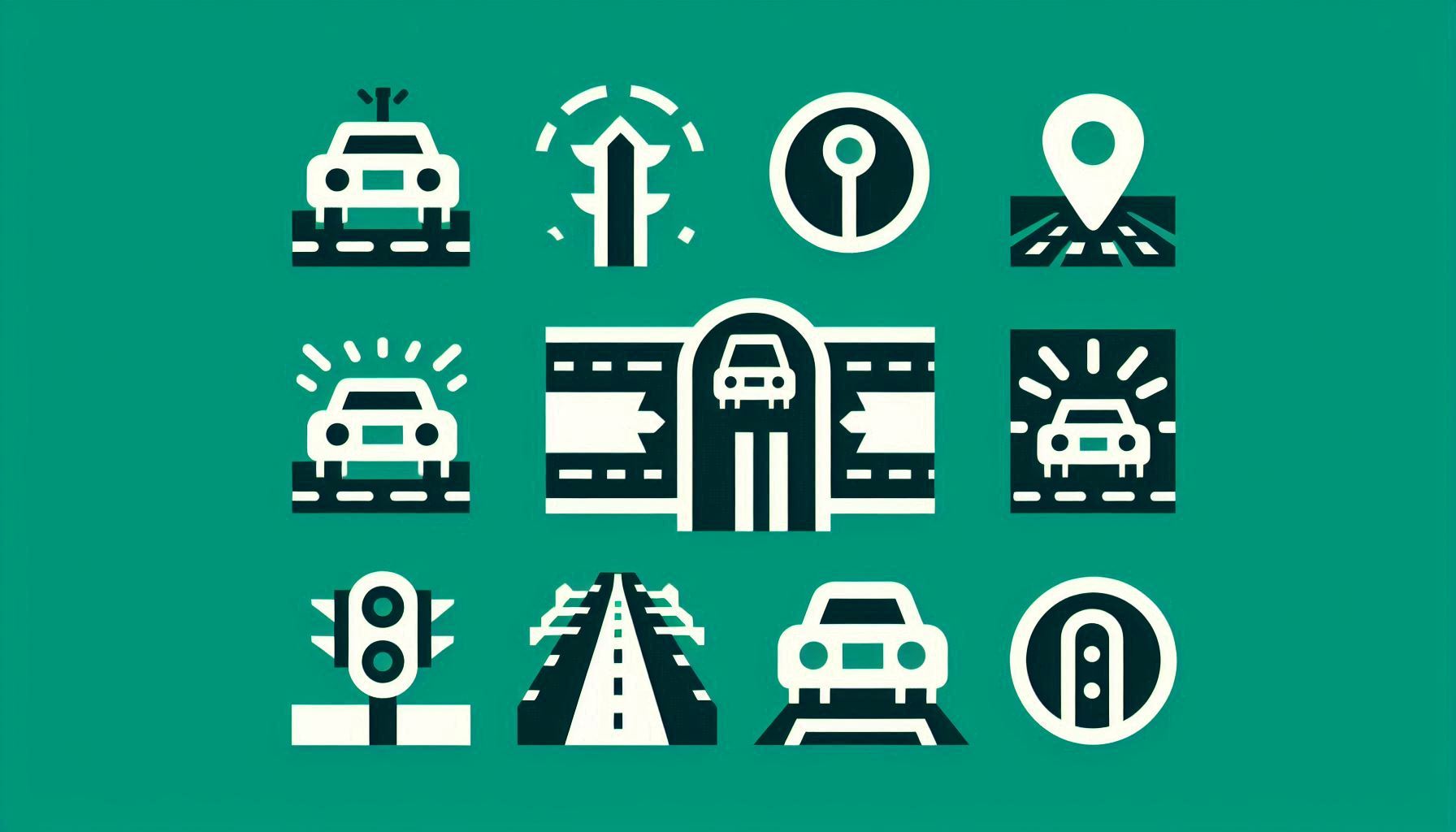A Bi-Objective Model for Siting Park-and-Ride Facilities with Spatial Equity Constraints

Downloads
A bi-objective programming model (BP) with spatial equity constraints is proposed to site park-and-ride (P&R) facilities in traffic networks. Both the number and locations of P&R facilities are determined. The maximal coverage and minimal resource utilization criteria, which are generally conflicting, are simultaneously considered to reveal the trade-off between the quality and cost of coverage. Furthermore, the concept of passenger flow volume per cost is defined and several properties of the model solutions are analyzed. Finally, this model is applied to site P&R facilities in Anaheim, California. Application results show the trade-offs associated with passenger flow volume, cost and passenger flow volume per cost, and the effects of spatial equity constraints on the spatial deployment of P&R facilities.
Downloads
Bolger D, Colquhoun D, Morrall J. Planning and design of park-and-ride facilities for the Calgary light rail transit system. Transportation Research Record. 1992;1361:141-148.
Roberts A, Parker A, Surl R, Gallop K. Park-and-ride: new case studies. Proceedings of Institution of Civil Engineers – Transport. 1996;117:234-235.
Lu XS, Huang HJ, Liu TL. Pricing and hierarchical logit-based mode choice models in a multimodal corridor with trip-chain costs. Systems Engineering Procedia. 2011;2:231-242.
AASHTO. Guide for park-and-ride facilities. American Association of State Highway and Transportation Officials; 2004.
Horner MW, Grubesic TH. A-GIS-based planning approach to locating urban rail terminals. Transportation. 2001;28(1):55-77.
Faghri A, Lang A, Hamad K, Henck H. Integrated knowledge-based geographic information system for determining optimal location of park-and-ride facilities. Journal of Urban Planning and Development-ASCE. 2002;128(1):18-41.
Wang JYT, Yang H, Lindsey R. Locating and pricing park-and-ride facilities in a linear monocentric city with deterministic mode choice. Transportation Research Part B. 2004;38(8):709-731.
Liu TL, Huang HJ, Yang H, Zhang XN. Continuum modeling of park-and-ride services in a linear monocentric city with deterministic mode choice. Transportation Research Part B. 2009;43(6):692-707.
Sargious MA, Janarthanan N. Forcasting demand for the park-and-ride mode and determining the optimal location of stations. Canadian Journal of Civil Engineering. 1983;10(4):695-702.
Horner M, Groves S. Network flow-based strategies for identifying rail park-and-ride facility locations. Socio-Economic Planning Sciences. 2007;41(3):255-268.
Farhana B, Murray AT. Siting park-and-ride facilities using a multi-objective spatial optimization model. Computers & Operations Research. 2008;35(2):445-456.
Fan W, Khan MB, Ma J, Jiang X. Bilevel programming model for locating park-and-ride facilities. Journal of Urban Planning and Development. 2004;140(3). Available from: http://dx.doi.org/10.1061/(ASCE)UP.1943-5444.0000178
Aros-Vera F, Marianov V, Mitchell JE. p-hub approach for the optimal park-and-ride facility location problem. European Journal of Operational Research. 2013;226(2):277-285.
Bröcker J, Korzhenevych A, Schürmann C. Assessing spatial equity and efficiency impacts of transport infrastructure projects. Transportation Research Part B. 2010;44:795-811.
Lu XS, Huang HJ, Long JC. Camera location optimization for traffic surveillance in urban road networks with multiple user classes. International Journal of System Science. 2013;44(12):2211-2222.
Lu XS, Huang HJ. Bi-objective progrmming model for P&R facility location with spatial equity constraints [in Chinese]. Systems Engineering – Theory & Practice. 2014;34(9):2379-2385.
Holguín-Veras J, Yushimito WF, Aros-Vera F, Reilly JJ. User rationality and optimal park-and-ride location under potential demand maximization. Transportation Research part B. 2012;46(8):949-970.
Fotheringham S, O’Kelly M. Spatial interaction models: formulations and applications. Amsterdam: Kluwer Academic; 1989.
Yang H, Zhang XN. Multiclass network toll design problem with social and spatial equity constraints. Journal of Transportation Engineering. 2002;128(5):420-428.
Barros I. Discrete and fractional programming techniques for location models. Netherlands: Kluwer Academic Publishers; 1998.
Hillel G. Transportation Network Test Problems. 2014 Mar 15. Available from: http://www.bgu.ac.il/~bargera/tntp/
Wu LY, Zhang XS, Zhang JL. Capacitated facility location problem with general setup cost. Computers & Operations Research. 2006;33(5):1226-1241.
Li ZC, Lam WHK, Wong SC, Zhu DL, Huang HJ. Modeling park-and-ride services in a multimodal transport network with elastic demand. Transportation Research Record. 2007;1994:101-109.




















